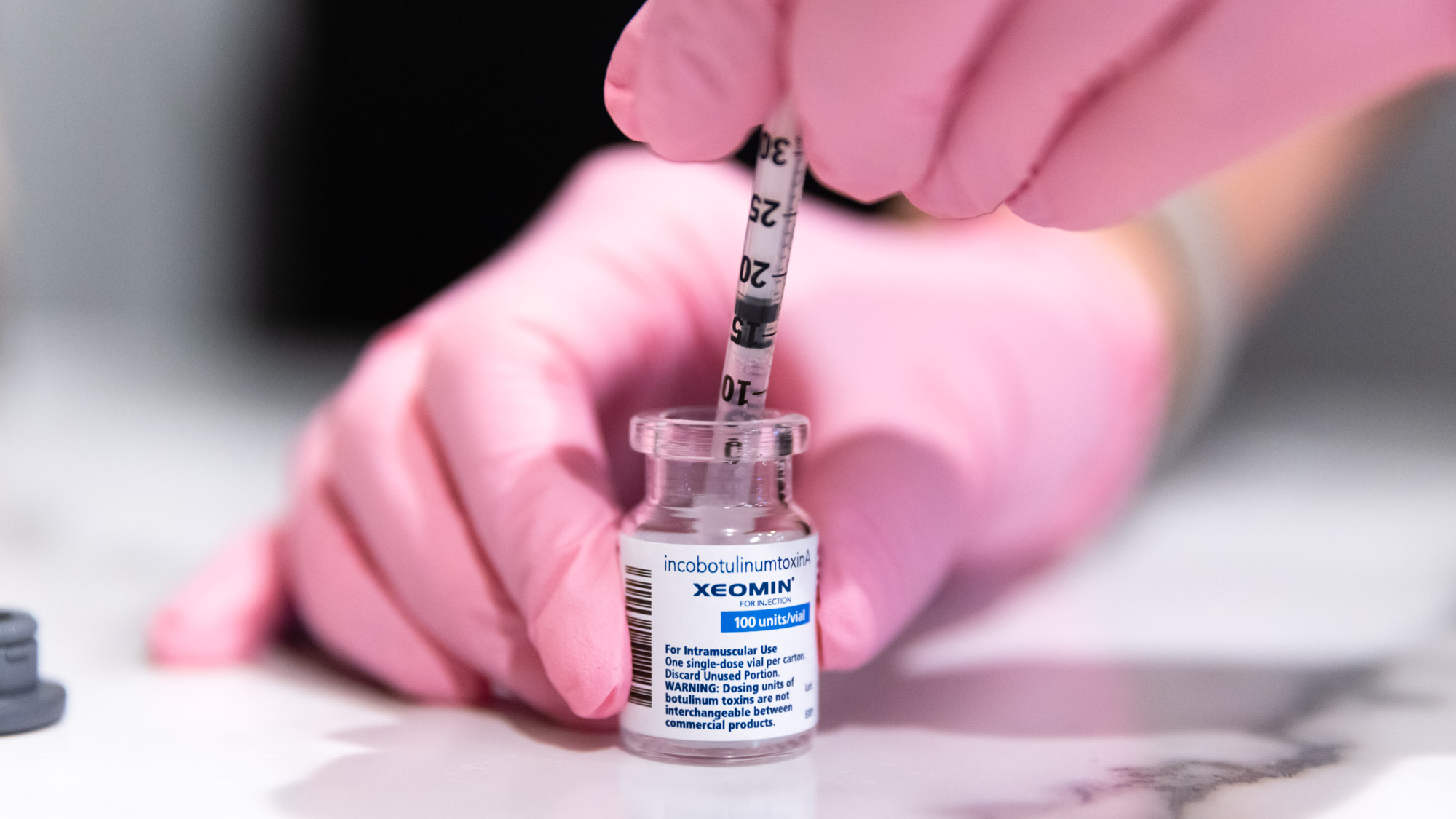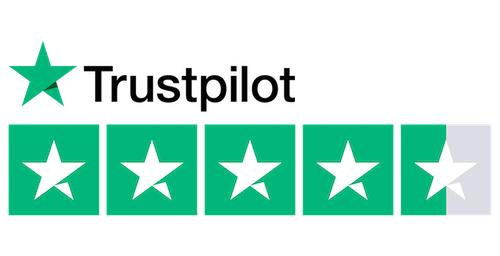Login Form
Registration
Profile Informations
Login Datas
or login
Everything You Need to Know About Xeomin Vials for Aesthetic Practitioners
Everything You Need to Know About Xeomin Vials for Aesthetic Practitioners
The field of aesthetic medicine has witnessed tremendous growth in non-surgical treatments, with neurotoxin injections leading the way. Among the most trusted names in this space is Xeomin, a purified botulinum toxin type A that has revolutionized how practitioners approach facial rejuvenation.
For aesthetic professionals, mastering the intricacies of Xeomin vials represents more than just technical knowledge—it's about delivering consistent, safe, and effective results that keep patients returning.
Understanding Xeomin vials involves more than just knowing how to inject them. Each Xeomin vial contains precisely measured units of botulinum toxin, and how practitioners handle, store, and administer these vials directly impacts treatment outcomes.
When aesthetic practitioners fully grasp the nuances of Xeomin vial sizes, reconstitution protocols, and storage requirements, they create a foundation for exceptional patient care and sustainable business growth.
What Are Xeomin Vials?

Xeomin vials are sterile, single-use containers that house lyophilized botulinum toxin type A for aesthetic treatments. Each Xeomin vial contains the active ingredient, along with stabilizing agents, and appears as a white crystalline powder that requires reconstitution with sterile saline before use. Unlike other neurotoxins, Xeomin undergoes a unique purification process that removes complexing proteins, creating a "naked" botulinum toxin.
What sets Xeomin apart from competitors like Botox and Dysport is its molecular structure and manufacturing process. The purification process removes accessory proteins that other products retain, potentially reducing the risk of antibody formation and eliminating the need for refrigeration before reconstitution—offering practical advantages for busy practices.
Different Xeomin Vial Sizes and Their Uses
Understanding Xeomin vial sizes is crucial for efficient practice management and cost control. The product comes in primary configurations designed to meet different practice needs and treatment volumes. The 50-unit vial is well-suited for moderate patient volumes or targeted treatments, such as crow's feet, while the 100-unit vial offers economic advantages for higher-volume practices that require comprehensive facial treatments.
Selecting the Right Vial Size for Your Practice
Choosing appropriate Xeomin vial sizes depends on several practice-specific factors:
- Patient volume per treatment day - Practices treating 5-8 patients daily benefit from 100-unit vials, while lower-volume clinics find 50-unit sizes more economical.
- Treatment complexity - Full-face rejuvenation requiring 40-60 units per patient favors larger vials, whereas single-area treatments work well with smaller sizes.
- Staff efficiency levels - Experienced teams can manage larger vials effectively, while newer staff may prefer smaller, more manageable quantities.
Proper Storage and Handling of Xeomin Vials
Proper storage protocols for Xeomin vials ensure product integrity and patient safety. Unreconstituted vials can be stored at room temperature between 36°F and 77°F, providing flexibility for practices with limited refrigeration space. Once reconstituted, Xeomin vials must be refrigerated at 36°F to 46°F and used within 24 hours for optimal safety and efficacy.
Handling Best Practices
Maintaining sterile technique during vial handling prevents contamination and ensures patient safety:
- Pre-use inspection - Check for cracks, discoloration, or compromised packaging before opening any vial
- Sterile technique maintenance - Use only sterile saline for reconstitution and employ proper aseptic procedures throughout preparation
- Gentle mixing methods - Avoid vigorous shaking that can damage protein structure; instead, gently swirl or roll vials for uniform distribution
How to Reconstitute Xeomin Vials for Use
Reconstitution involves adding sterile, preservative-free saline to the lyophilized powder, creating an injectable solution with the desired concentration. Begin by gathering the Xeomin vial, sterile saline, syringes, and needles. Most practitioners prefer 2.5 mL of saline for 100-unit vials, creating a concentration of 4 units per 0.1 mL.
Slowly inject saline into the vial by directing the stream against the vial wall rather than directly onto the powder to prevent foaming. Allow the solution to sit briefly, then gently swirl until complete dissolution occurs. The final solution should appear clear and colorless, with no visible particles.
Dosage Guidelines and Injection Techniques

Effective Xeomin dosing requires an understanding of both anatomical considerations and individual patient factors. Standard dosing guidelines provide a starting point, but experienced practitioners adjust doses based on muscle mass, previous treatment responses, and desired outcomes. Proper injection technique maximizes results while minimizing side effects and patient discomfort.
For glabellar lines, typical starting doses range from 20 to 30 units, distributed across five injection points. Crow's feet treatments typically require 12-24 units per side, while forehead lines may need 10-30 units, depending on the strength of the targeted muscles and the desired effect. These ranges serve as guidelines, with individual adjustments based on patient assessment and treatment goals.
Injection depth and angle significantly impact treatment outcomes. Xeomin should be injected into the muscle belly at appropriate depths for each treatment area. Superficial injections may reduce efficacy, while overly deep placement can affect unintended muscles. Use appropriate needle sizes—typically 30-32 gauge for facial treatments—and maintain consistent injection techniques across treatments.
Advanced Dosing Strategies
Experienced practitioners often employ advanced dosing strategies to optimize results and minimize side effects:
- Split dosing approach - Initial conservative treatment with scheduled touch-up sessions allows for precise result refinement
- Micro-dosing techniques - Smaller amounts distributed across more injection points create subtle, natural-looking results
- Combination depth strategies - Multiple injection depths target different muscle layers for comprehensive relaxation
Patient-specific factors influence dosing decisions significantly. Men typically require higher doses due to their increased muscle mass, while patients with a history of neurotoxin exposure may need adjusted amounts. Age, skin thickness, and muscle activity levels all impact optimal dosing. Document treatment responses carefully to refine future dosing decisions for each patient.
Xeomin Vial Costs and Budgeting for Practitioners
Cost management for Xeomin vials involves balancing product expenses with practice profitability and patient accessibility. Understanding pricing structures, waste minimization strategies, and efficient inventory management helps practices optimize their neurotoxin investment while maintaining competitive treatment prices.
Xeomin pricing varies based on purchase volume, supplier relationships, and geographic location. Larger practices often negotiate better per-unit costs through volume purchasing agreements, while smaller practices might benefit from group purchasing organizations. Factor in storage costs, waste disposal, and staff time when calculating actual product costs beyond the initial vial price.
Waste reduction strategies significantly impact profitability. Proper scheduling ensures maximum vial utilization within safe timeframes after reconstitution. Consider grouping patients requiring similar treatments on the same day to optimize vial usage. Implement inventory tracking systems to monitor expiration dates and prevent product loss due to outdated stock.
Pricing Strategy Development
Developing competitive yet profitable pricing requires understanding local market conditions and practice positioning. Research competitor pricing while considering the value proposition of your specific service offerings. Factor in consultation time, follow-up care, and practice overhead when establishing treatment fees.
Consider offering package deals or treatment plans to enhance patient retention and improve cash flow predictability. Volume discounts for multiple areas or maintenance programs can increase average transaction values while providing patients with value. Transparent pricing policies foster trust and reduce price-related objections during consultations.
Safety and Side Effects of Xeomin
Safety protocols for Xeomin treatments encompass pre-treatment assessment, proper injection technique, and post-treatment monitoring. Understanding potential side effects and contraindications ensures patient safety while maintaining practice liability protection. Comprehensive safety measures build patient confidence and enhance the practice's reputation.
Common side effects include temporary injection site reactions, mild bruising, and headaches. More serious but rare complications may consist of eyelid drooping, asymmetry, or unwanted muscle weakness. Proper patient screening identifies individuals at higher risk for complications, allowing for informed consent discussions and treatment modifications.
Contraindications include pregnancy, breastfeeding, neuromuscular disorders, and certain medications that affect neuromuscular function. Active skin infections at injection sites require treatment postponement. Patients with a history of allergic reactions to botulinum toxin products or human serum albumin should not receive Xeomin treatments.
Emergency Preparedness
Maintain emergency protocols for rare but severe adverse reactions. Essential preparedness measures include:
- Emergency medication availability - Keep appropriate medications and trained staff available for managing severe allergic reactions.
- Complication management protocols - Establish clear procedures for handling eyelid drooping, asymmetry, or unwanted muscle weakness.
- Referral system establishment - Identify specialists for cases requiring advanced intervention beyond practice capabilities.
Document all adverse events thoroughly, including the timing of onset, severity, and resolution. This information helps refine future treatment protocols and provides valuable data for monitoring patient safety. Consider joining adverse event reporting systems to contribute to broader safety databases and stay informed about emerging safety concerns.
Xeomin Vials for Advanced Aesthetic Treatments

Advanced practitioners utilize Xeomin vials for sophisticated treatments that extend beyond basic wrinkle reduction. These applications require extensive training and experience, but they offer opportunities for practice differentiation and increased revenue. Understanding advanced techniques expands treatment options while maintaining safety standards.
The "Nefertiti lift" uses strategic Xeomin placement along the neck to create a lifting effect and reduce platysmal bands. This technique requires precise anatomical knowledge and careful dosing to avoid swallowing difficulties. Brow shaping through selective muscle relaxation can create a subtle arch enhancement without the need for surgical intervention.
Masseter muscle treatment for facial slimming has gained popularity, particularly among younger patients seeking to achieve a more defined facial contour. This application requires higher doses and carries increased risks, making proper training essential for its safe use. Results develop gradually over several months, requiring patient education about realistic timelines and expectations.
Treatment Combination Strategies
Combining Xeomin with other aesthetic treatments can enhance overall results while maximizing patient satisfaction:
- Dermal filler combinations - Address both dynamic wrinkles and volume loss for comprehensive facial rejuvenation.
- Laser treatment coordination - Time procedures appropriately to optimize healing and avoid complications.
- Skincare protocol integration - Support neurotoxin results through proper skin health maintenance and product recommendations.
Consider treatment sequencing carefully when combining modalities, as some combinations require specific timing to avoid complications or reduced effectiveness. Develop protocols that optimize results while minimizing patient downtime and discomfort.
Conclusion
Mastering Xeomin vials requires a comprehensive understanding of product characteristics, proper handling techniques, and advanced application methods. From selecting appropriate Xeomin vial sizes to implementing sophisticated injection techniques, every aspect of vial management impacts treatment outcomes and practice success. The knowledge gained through careful study of storage protocols, reconstitution procedures, and safety measures creates a foundation for exceptional patient care.
The commitment to ongoing education and skill refinement separates exceptional practitioners from the ordinary. By maintaining high standards in vial handling, injection technique, and patient care, aesthetic professionals build lasting practices that benefit both patients and providers. The comprehensive approach to Xeomin vial management represents an investment in practice excellence that continues yielding returns throughout a practitioner's career.


